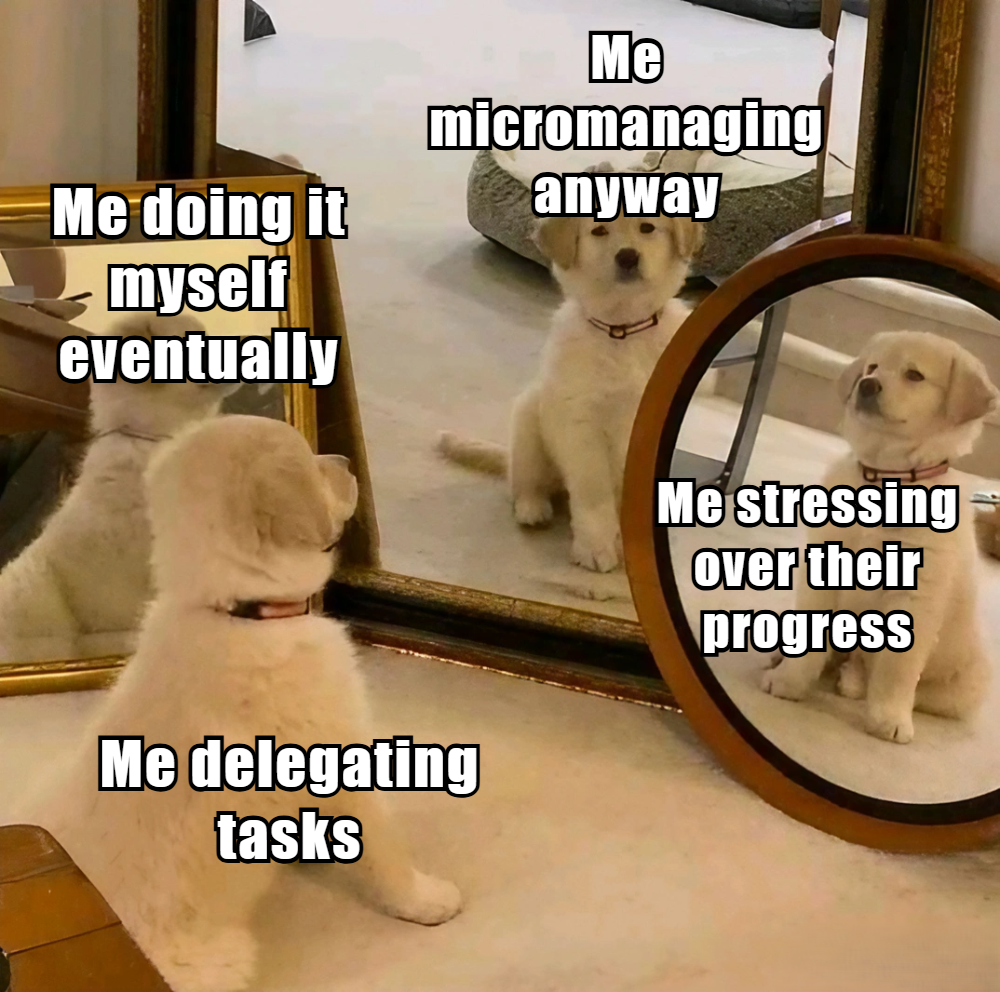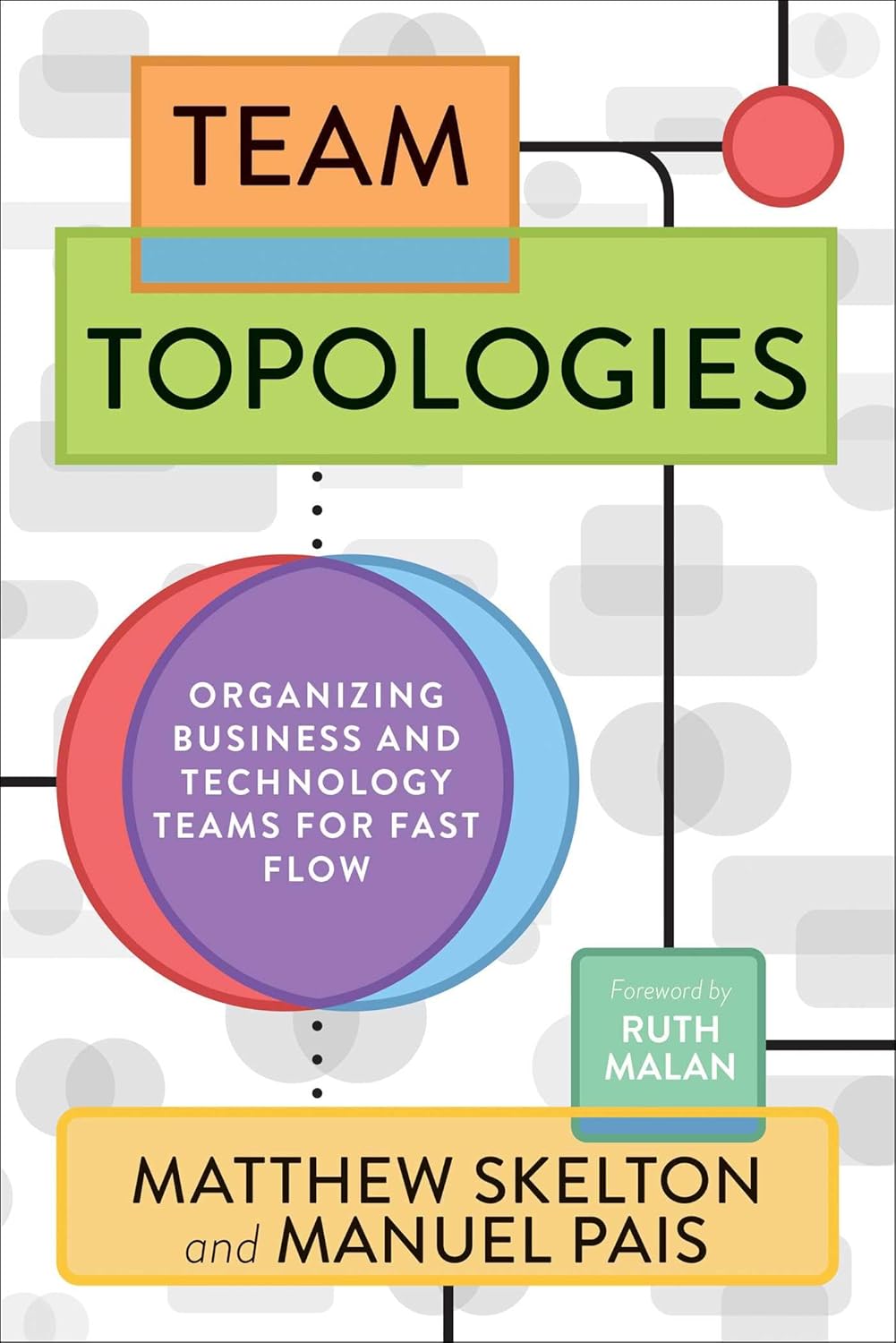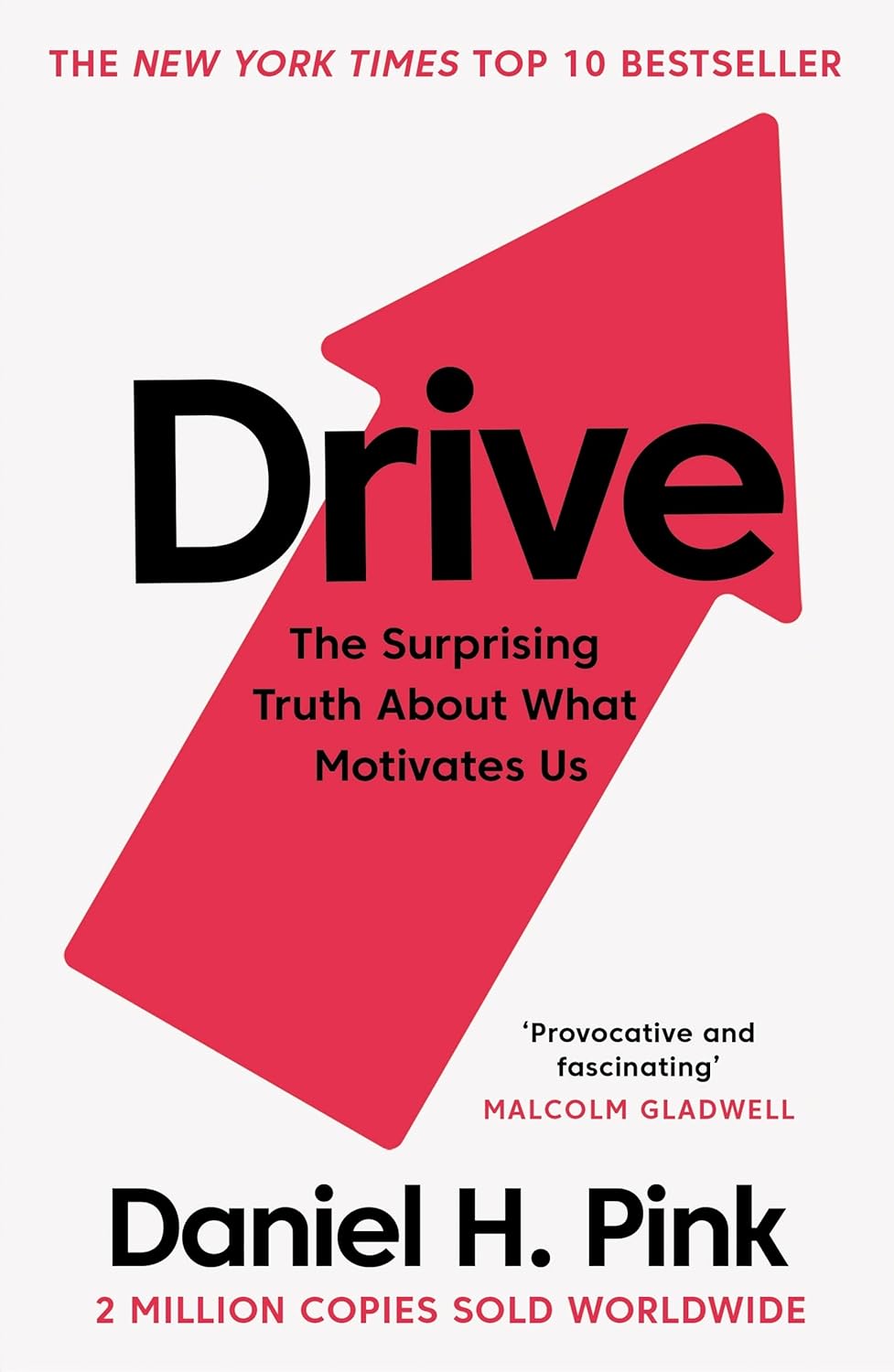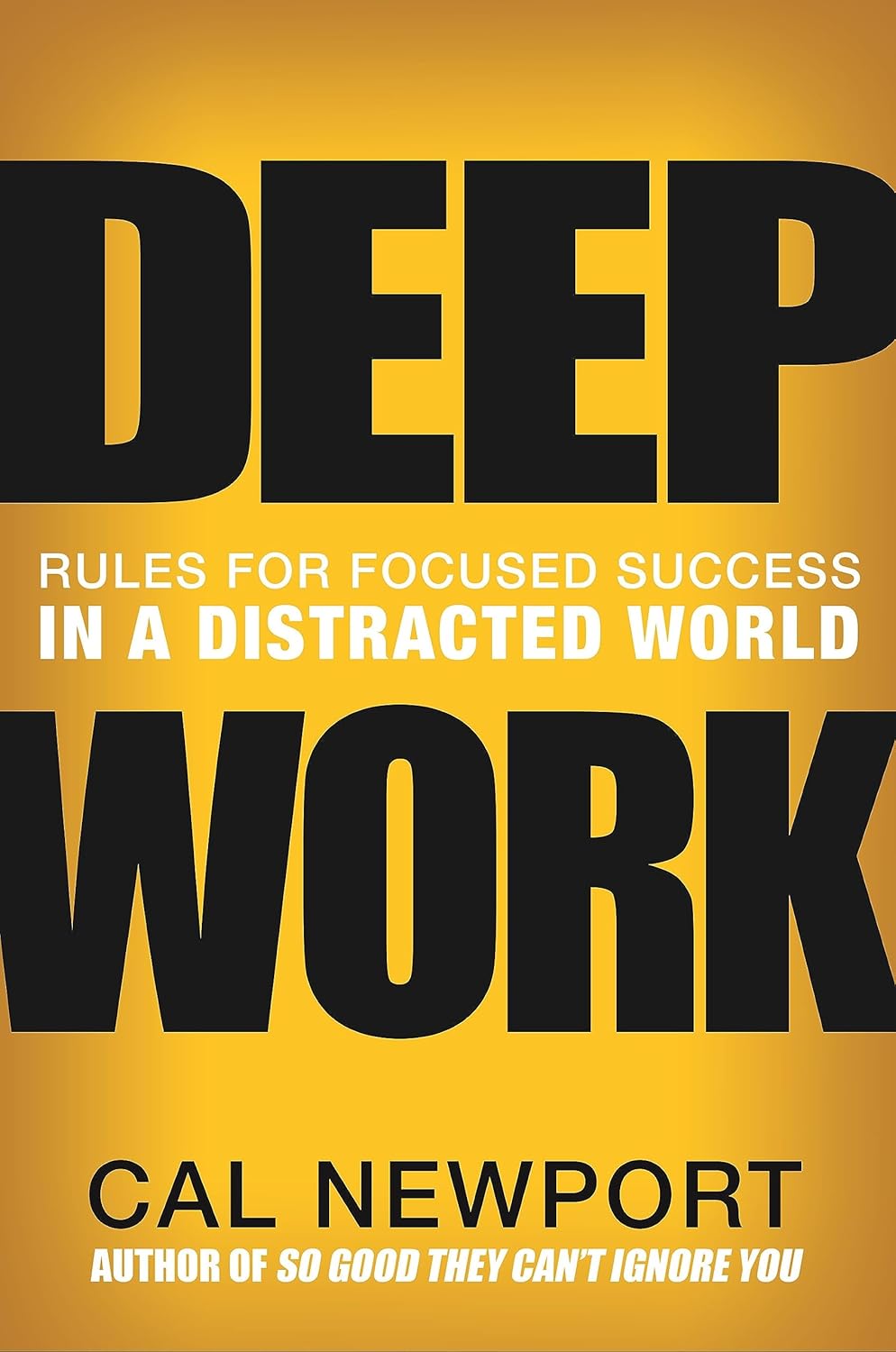You don’t have to put your entire being through an intense workout and morning routines or scrape banana peels on your skin to become a better, more productive version of yourself. Sometimes, just getting your tasks in order is all you need for that much-needed dopami
Effective strategies for managing team workload
Deadlines are looming, tasks keep piling up, and you feel like a juggler trying to keep too many balls in the air at once? This article offers proven strategies and modern task-tracking tools to help you not only reach ambitious goals but also keep your team motivated and healthy.
Key takeaways
Don’t overload people — plan for 80% capacity, leaving the rest as a buffer for quality
Use smart tools — Taskee helps visualize and manage team workload in real time
Prevent burnout — watch for signs of fatigue and adjust workload before problems arise
Introduction
Modern business moves at breakneck speed. Bi-weekly releases, ever-changing requirements, competitive pressure — all of this puts immense strain on teams. And here’s the paradox: the more we try to speed up, the more we risk slowing down due to burnout and turnover.
The cost of poor workload management:
- Product quality drops by 40–60% when teams are overloaded
- Development time doubles or triples due to error correction
- Losing key talent (replacing a senior developer can cost 3–6 months of salary)
- Team morale deteriorates and spreads like wildfire
The benefits of a smarter approach:
- Predictable delivery and timelines
- Higher quality outcomes
- Greater employee loyalty and engagement
- Capacity to take on more ambitious projects
Strategy 1
Deep assessment of team capacity. Before you assign tasks, you need a clear and honest picture of what — and who — you’re working with. It’s not just about technical skills — it’s about understanding the full spectrum of each person’s capabilities.
Skills and Competency Audit
Build a skill matrix for each team member. Don’t stop at hard skills — include:
- Technical abilities: proficiency with tools and technologies, domain experience, capacity to learn new skills
- Soft skills: communication, leadership, resilience under pressure, creative thinking
- Work preferences: some people perform best in the morning, others in the evening; some thrive on complex analysis, others on quick operational tasks
- Personal context: family responsibilities, external commitments, long-term career goals
Determining workload capacity
One common mistake is assuming a 40-hour workweek means 40 hours of productive output. In reality:
- Focused work time: 25–30 hours/week for knowledge workers
- Meetings and communication: 20–30% of working time
- Buffer time: 15–20% for unplanned tasks and context switching
Apply the “80% load” rule — only plan tasks for 80% of an employee’s available time. The remaining 20% serves as a buffer for creativity, learning, and last-minute problem solving.
Strategy 2
The art of delegation. Delegation isn’t just handing off tasks — it’s a strategic way to grow your team by distributing responsibility wisely.
Principles of effective delegation
- Matching principle: Align task complexity with the employee’s skill level. Too easy and it’s demotivating; too hard and it’s paralyzing.
- Growth principle: Every task should challenge the employee just 10–15% beyond their current level.
- Context principle: Don’t just say what to do — explain why. Understanding the goal empowers smarter decisions.
- Support principle: When you delegate a task, delegate authority too. Make sure the person has the resources and permission to succeed.

The RACI technique for complex projects
For multi-layered tasks, use the RACI matrix to clarify roles:
- R (Responsible): Who does the work
- A (Accountable): Who owns the outcome
- C (Consulted): Who needs to be consulted
- I (Informed): Who should stay in the loop
This prevents duplicated efforts and confusion about who’s doing what — a common issue explored further in our article on Managing Overlapping Roles in Teams.
Strategy 3
Dynamic Planning and Prioritization. Static plans don’t survive in a fast-changing world. You need a system that allows quick adaptation without losing sight of what matters most.
The MoSCoW prioritization method
Break tasks into four clear categories:
- Must have — mission-critical tasks
- Should have — important but not essential
- Could have — nice-to-have items
- Won’t have (this time) — deferred for now
This helps the team stay focused under pressure and know what can wait if time runs short.
Agile sprint planning (Even without Scrum)
Even if your team doesn’t formally follow Scrum, sprint-style planning brings universal benefits:
- Bottom-up estimates: Let the people doing the work estimate the effort — they know the details best.
- Buffer time: Allocate 20–30% of each sprint for unexpected issues and last-minute changes.
- Retrospectives: Regularly review what’s working and what’s not, and refine your processes based on real feedback.
Strategy 4
Taskee — Your Command Center for Team Management. The right tool can transform how your team works. Taskee stands out for its flexibility and advanced features tailored for managing workload effectively.
Why Taskee?
Taskee is a task tracker that adapts to your team’s workflow. It helps organize work, reduce chaos, and streamline processes with custom settings, role-based permissions, real-time collaboration, and powerful time tracking.
Key benefits for managing workload:
- Zoom-Kanban system: A scalable view — from micro-tasks to the big picture. See both the details and the full scope of your team’s workload at a glance.
- Custom workflows: Tailor task statuses and boards to match the way your team actually works — whether you're in marketing, IT, or HR.
- Real-time updates and transparency: No more chasing people for updates or waiting on status reports.
- Flexible role system: Define exactly who can do what, ensuring clarity, accountability, and smooth execution.
Real-world use: How Taskee helps balance workload
- Visualizing team load. Easily favorite key projects, generate reports by employee or project, and quickly see who’s overloaded and who has bandwidth.
- Tracking progress. Organize and group multiple projects, manage quick tasks, track deadlines and conditions, and view project history — all in one place.
- Adaptable to any team. Taskee works seamlessly across departments — IT, marketing, HR, finance — with customizable features for each use case.
How to set up Taskee for maximum load management
- Step 1: Structure your projects. Create separate projects for each stream of work. Use tags to categorize tasks by complexity and priority.
- Step 2: Set roles and access. Define who creates, executes, and reviews tasks. Custom roles and permissions keep workflows clean and responsibilities clear.
- Step 3: Implement reporting. Set up regular reports by project and by team member to consistently track performance and workload.
- Step 4: Integrate into daily work. With real-time collaboration, every status update is instant — giving you a live snapshot of your team’s capacity and progress at any moment.
Strategy 5
Preventing burnout. Burnout isn't a personal weakness — it's a systemic failure in how work is organized. And the good news is: it can be prevented with the right tools and proactive approaches. Warning signs of burnout.
Behavioral indicators:
- Declining work quality despite steady hours
- Increased number of mistakes
- Avoidance of challenging tasks
- Drop in initiative and engagement
Emotional indicators:
- Irritability
- Cynicism toward projects
- Complaints about meaningless work
- Social withdrawal from the team
Early warning system
- Weekly pulse checks: A short 3–5 question survey on wellbeing, workload, and blockers.
- Green/Yellow/Red system: Each team member evaluates their current state by color. Yellow = time to act, Red = immediate intervention.
- Work pattern analysis: Watch for signs like working late, skipping time off, or working on weekends — all early red flags.
Recovery strategies
- Task rotation: Alternate between routine and creative tasks to balance cognitive load.
- Learning days: Allocate time for exploring new tools, trends, and skills.
- Creative freedom: Allow 10–20% of work time for self-driven side projects and experimentation.
Strategy 6
Building a Culture of Sustainable Performance. Tools and processes are only half the story. The real transformation happens when a team shares strong values and a common understanding of how work should feel. Foundations of a healthy work culture.
- Right to make mistakes: Create an environment where people can experiment without fear of failure.
- Workload transparency: Everyone should know who’s doing what — and how busy they are.
- Respect for personal time: No after-hours messages, and no “urgent” tasks dropped on Friday at 5 PM.
- Right to say no: Employees must feel empowered to decline extra work if they’re at capacity.
Team rituals and traditions
- Sprint closing ceremonies: Celebrate wins, review what went wrong, and plan improvements together.
- Meeting-free days: One day each week reserved for deep, focused work — no meetings, no interruptions.
- Learning sessions: Regular internal presentations where team members share what they’ve learned with others.
Measuring effectiveness
Managing without measuring is not management — it’s hope. Track these key metrics to understand whether your strategies are truly working.
Production metrics:
- Velocity: Number of tasks completed per sprint
- Lead Time: Time from task assignment to completion
- Cycle Time: Actual active working time on a task
- Quality: Number of bugs per feature
Team wellbeing metrics:
- Employee Net Promoter Score (eNPS): Willingness of employees to recommend the company as a workplace
- Retention Rate: Percentage of employees who stay with the company
- Sick Days: Number of sick days taken (a stress indicator)
- Internal Transfers: Number of employees changing roles within the company
Balancing metrics:
- The Golden Mean Rule: If production metrics improve but wellbeing declines, it’s time to reassess your approach.
- Sustainable Pace: Teams should deliver steady results over the long haul, not just short bursts followed by burnout.
Interesting fact 
Henry Ford’s "$5 Workday" (1914): On January 5, 1914, Ford Motor Company doubled the minimum daily wage to $5 and reduced the shift length from 9 to 8 hours. The influx of job applicants skyrocketed, turnover plummeted, and assembly line productivity surged — a prime example of how sensible limits on working hours can boost efficiency.
Related articles:
Find the best fit for your company’s needs with our article Hybrid work models: The future of workplaces.
For maximizing team productivity, check out Effective freelancer management practices.
Improve focus and output with Deep work strategies: Achieve peak focus and productivity.
Conclusion
In a world where the pace of change keeps accelerating, it’s not the fastest teams that win — it’s those who work sustainably and effectively over the long run. Build such teams, and success will become not a one-time achievement, but a constant state of your business.
Recommended Reading 

“Team Topologies: Organizing Business and Technology Teams for Fast Flow”
Explains how to structure and evolve teams to balance workload and accelerate the flow of work.
On Amazon
“Drive: The Surprising Truth About What Motivates Us”
Demonstrates that sustainable productivity is driven by autonomy, mastery, and purpose—not by carrot-and-stick approaches.
On Amazon
“Deep Work: Rules for Focused Success in a Distracted World”
Shows how disciplined deep focus enables you to do less but achieve more.
On Amazon






